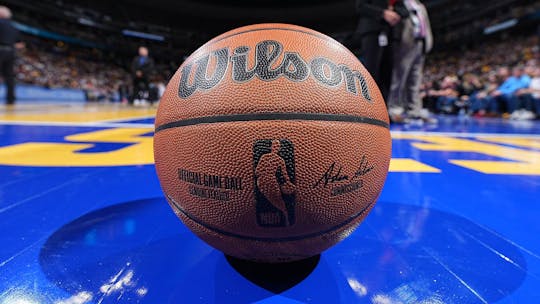The NBA sent data from an exhaustive study to its teams this week that showed no link between load-managed players and a decreased risk of injury.
This was the result of 10 years of independent research where leaders in sports medicine took into account the schedule, the amount of games and the regular season load that players typically carry.
For years, some league officials questioned whether players who constantly rested, even in back-to-back game situations, were in no danger of being seriously hurt. This study seems to support that notion.
The trend of players, and especially stars, missing games without a legitimate injury excuse was troublesome for the league because fans and especially media partners expressed concern and frustration. This was alarming to a league that worried about perception and business.
This pushed the league to develop the Player Participation Policy, geared to roust healthy players into competition and penalize teams that violated the policy’s guidelines, as collectively agreed upon by the league and the player’s union.
Those who participated in the study — Dr. John DeFieri, Dr. Christina Mack and Dr. Mackenzie Herzog — said other issues could be factors for injury. Such as: Previous injury history, previous surgery and age.
Also, they clarified that the report doesn’t insist that load management doesn’t work.
Dr. DeFieri added: “There needs to be a balance between rest and recovery.”
Dr. Mack, the Epidemiology and Clinical Evidence Head of IQVIA Injury Surveillance & Analytics, said they “did not see a lower injury rate when players rested.”
The 57-page report emphasized the fluctuation between star players missing games. Between the 1990s to today, the average number of games missed per season by those defined as star players rose considerably. In the ‘90s, it was 10.6%. In the 2020s, it’s 23.9%.
At a certain stage along the way, teams began ramping up their medical and performance staffs, to the point where that department carried more weight than coaching staffs and management with regard to player participation.
Now, armed with information and data gathered by the league, those performance staffs can make decisions that may or may not deviate from what has become the norm.




